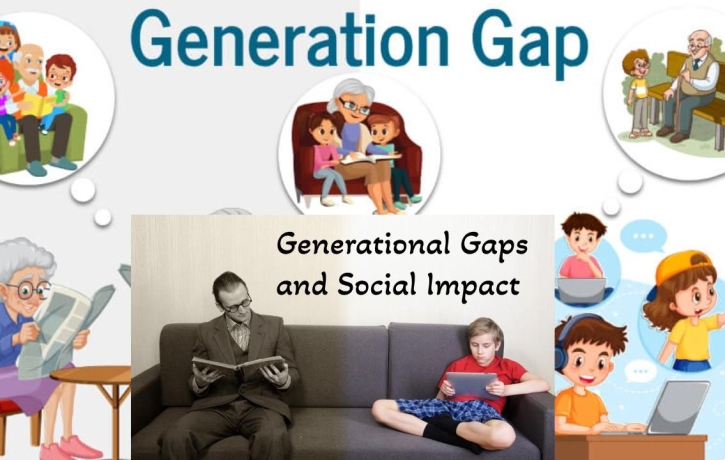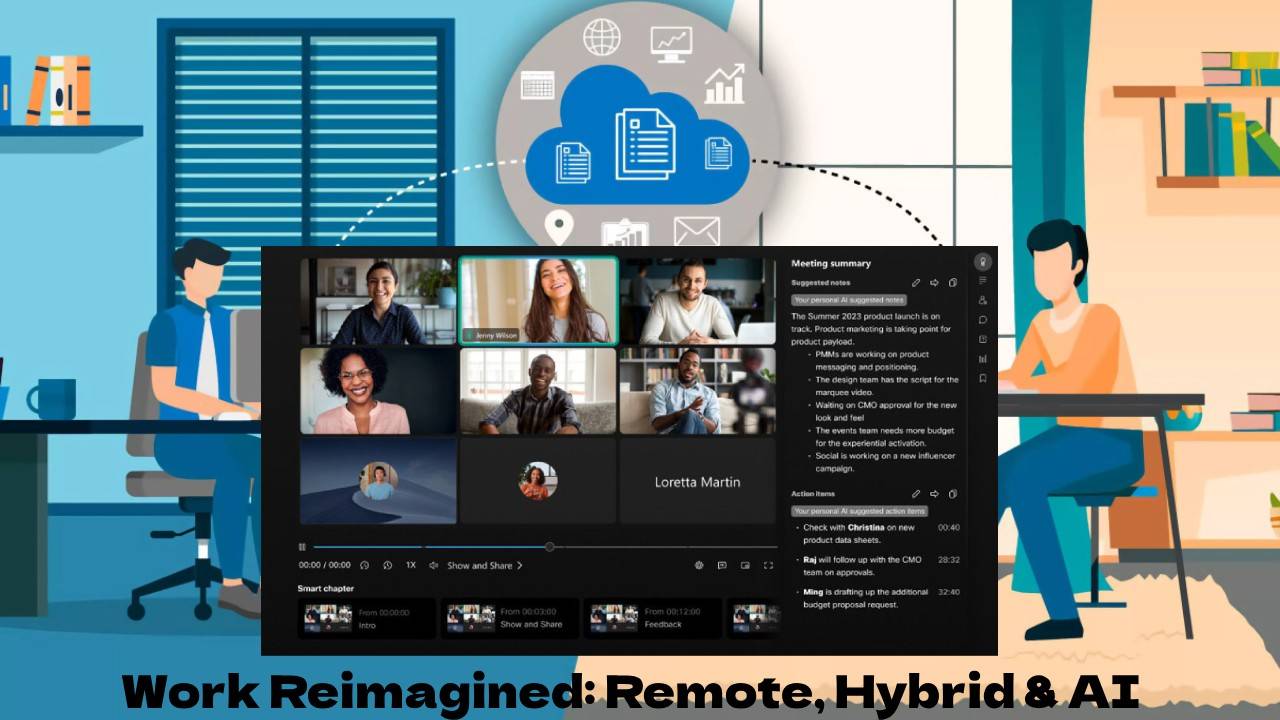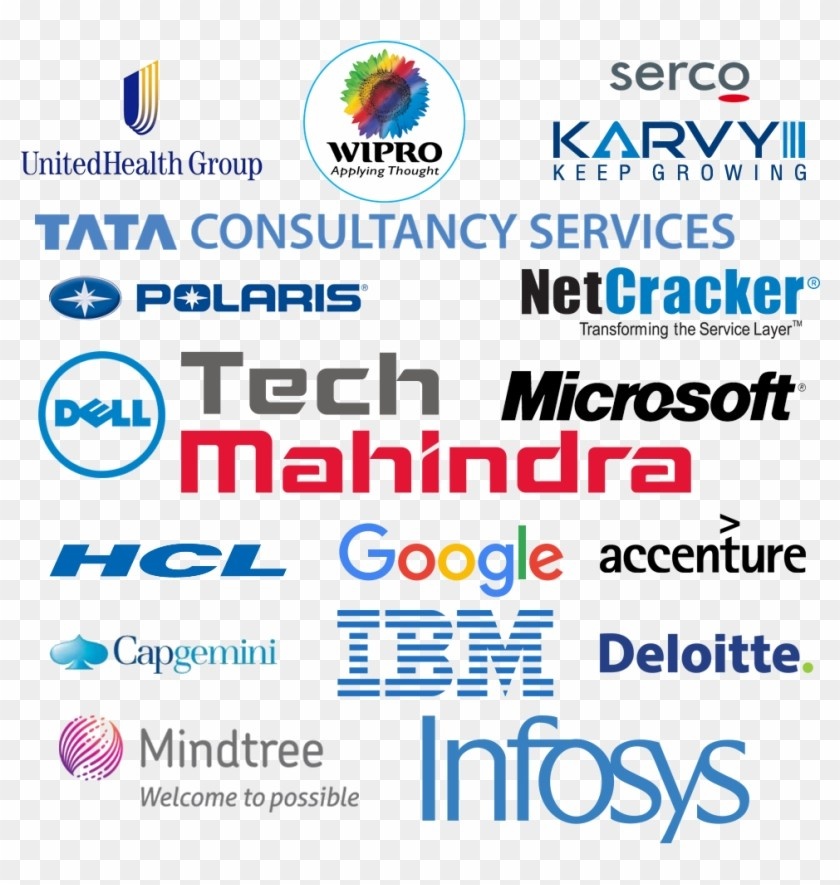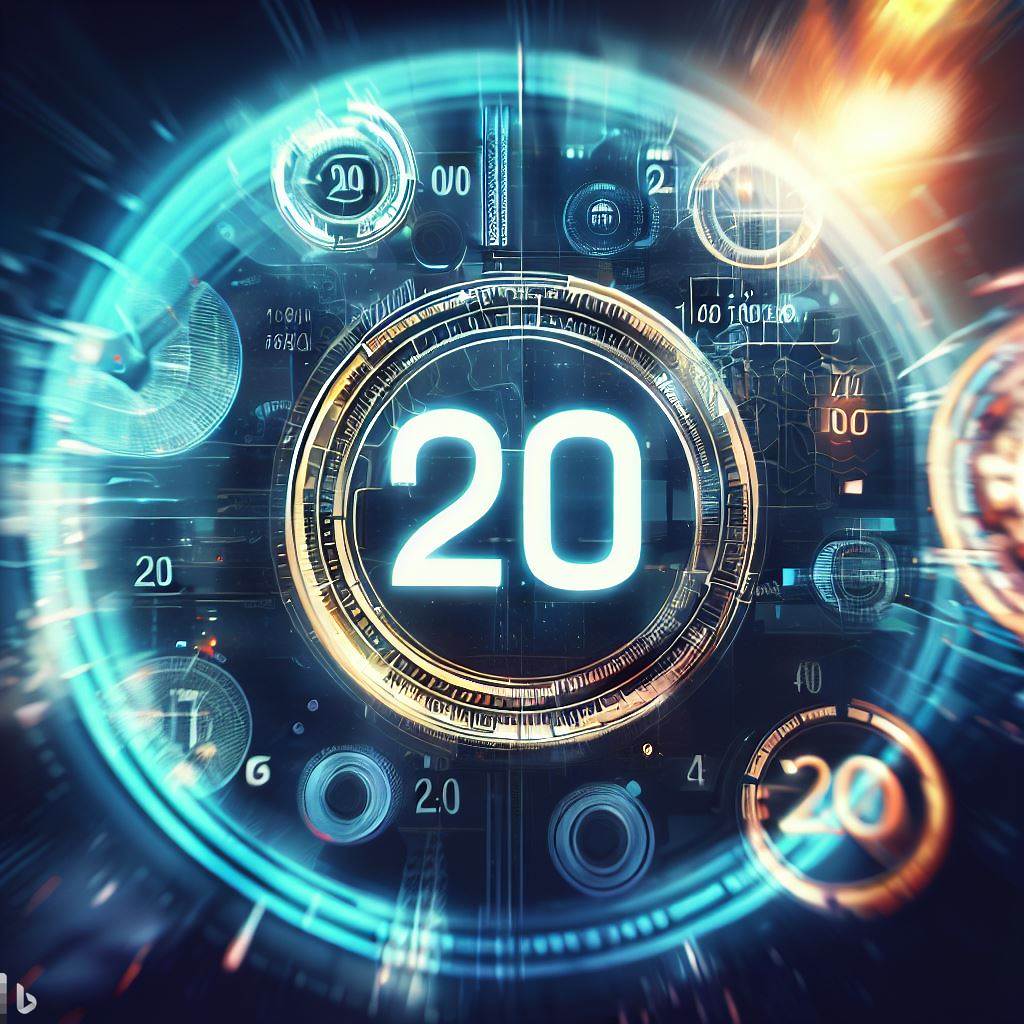Understanding Generational Differences and Their Impact on Society
Generational Gaps and Social Impact. In today’s rapidly evolving world, understanding the differences between generations has never been more important. From Baby Boomers to Generation Z and beyond, each cohort brings its own values, beliefs, and behaviors shaped by the unique social, political, and technological contexts in which they grew up. These differences create what we refer to as generational gaps—variations in attitudes, communication styles, work ethics, and worldviews that influence all areas of society.
Defining Generational Gaps
A generational gap is the noticeable difference in the perspectives and behaviors of one generation compared to another. This divergence is most often observed in areas such as work habits, communication preferences, political views, and attitudes toward technology and change.
Here’s a quick overview of major generational cohorts in many Western societies:
-
Baby Boomers (1946–1964): Grew up in post-WWII prosperity. Known for their strong work ethic, loyalty, and preference for face-to-face communication.
-
Generation X (1965–1980): Often described as independent and skeptical. They witnessed the rise of personal computing and value work-life balance.
-
Millennials (1981–1996): The first digital natives. They are tech-savvy, value flexibility, and seek purpose-driven work.
-
Generation Z (1997–2012): Raised with smartphones and social media. They prioritize diversity, mental health, and real-time communication.
Workplace Dynamics
Generational Gaps and Social Impact are especially evident in the workplace. For example, Baby Boomers may value structure, hierarchy, and long-term job security, while Millennials and Gen Z often prioritize flexibility, inclusion, and opportunities for rapid advancement.
Misunderstandings can arise when expectations clash—for instance, older generations may view younger workers as entitled or disengaged, while younger employees may perceive older colleagues as resistant to change. However, when organizations embrace intergenerational collaboration, these differences can become strengths, fostering innovation and diverse perspectives.
Technology and Communication
Perhaps the most visible generational divide lies in the use of technology. While older generations tend to prefer phone calls or in-person meetings, younger individuals are more comfortable with texting, video chats, and social media.
This shift affects not only personal relationships but also how information is consumed and shared. For example, Baby Boomers might get news from traditional media, while Gen Z relies on TikTok, YouTube, or Instagram. These differing media habits can contribute to varied worldviews and even misinformation bubbles.
Cultural and Social Attitudes
Generational gaps also manifest in broader cultural and social issues. Attitudes toward topics like gender identity, climate change, mental health, and political activism often differ widely between age groups.
Younger generations are typically more progressive and vocal about social justice, while older generations may hold more conservative views shaped by different life experiences. This can create tension but also sparks important conversations that drive social evolution.
Education and Learning Styles
Learning preferences have shifted significantly across generations. While Baby Boomers were educated in traditional, lecture-based environments, Gen Z thrives in interactive, tech-enhanced learning spaces. This shift impacts not only schools and universities but also professional training and development programs.
To engage learners of all ages, educators and organizations must adapt their approaches, embracing diverse methods that respect each generation’s preferences.
Bridging the Gap
Understanding and appreciating generational differences is key to building a more inclusive and collaborative society. Here are a few strategies for bridging generational divides:
-
Promote Open Dialogue: Encourage intergenerational conversations that highlight both common ground and differences.
-
Embrace Mentorship: Pair older and younger individuals to exchange knowledge and experiences.
-
Leverage Strengths: Recognize the unique strengths each generation brings to the table and find ways to integrate them.
-
Stay Curious: Encourage continuous learning and adaptability, regardless of age.
Conclusion
Generational Gaps and Social Impact are natural, but they don’t have to lead to division. When approached with curiosity, empathy, and mutual respect, these differences can be a source of strength and creativity. By understanding how each generation influences and shapes society, we can build bridges across age divides and create a more connected and dynamic world.








